Futures FAQ: 10 Questions to Kickstart Crypto Futures Trading
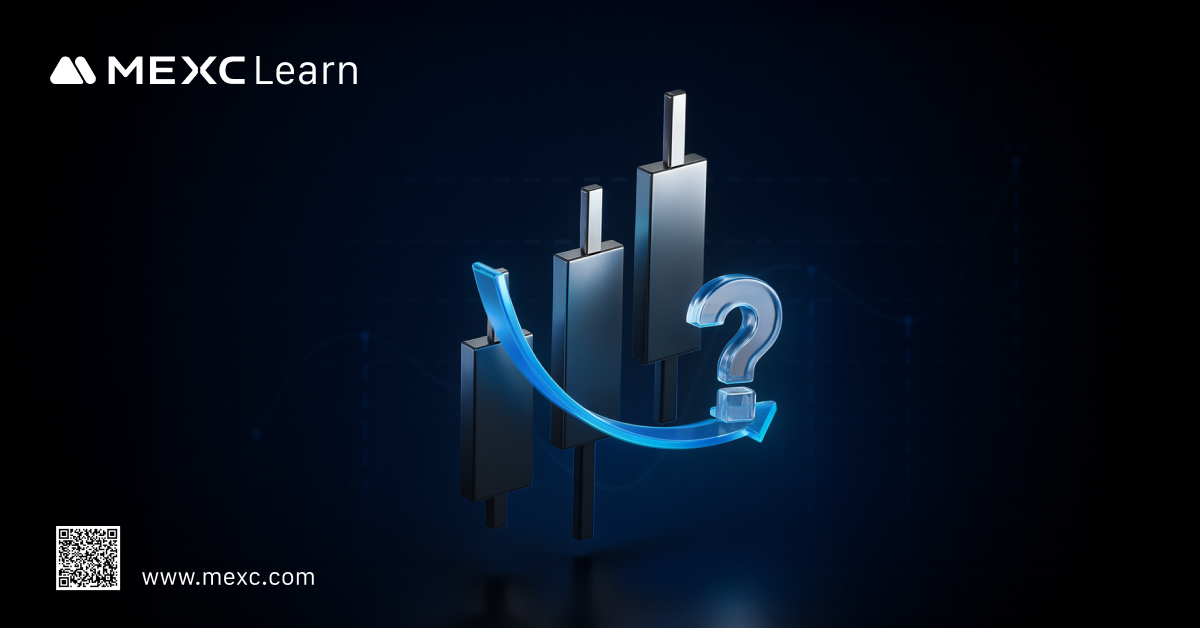
1. What is cryptocurrency futures trading? Who should do it?
- Investors with some market insight who want to profit from short-term price movements
- Those who want to use limited capital with high leverage to improve capital efficiency
- Users who want to profit even during downtrends
2. What are the differences between futures and spot trading?
Aspect | Futures Trading | Spot Trading |
Ownership | No, only trade contract prices | Yes, hold actual assets |
Profit Direction | Can go long or short | Profit only when price rises |
Leverage | Supports high leverage | Generally, no leverage |
Suitable For | Short-term, arbitrage, hedging | Long-term holding, dollar-cost averaging |
3. What are MEXC's Futures fees? How can traders reduce costs?
- Maker (limit order): When placing an order on the order book without immediate execution, 0% fees are charged.
- Taker (market order): When an order is executed immediately, it incurs a 0.02% fee.
4. How do traders choose leverage? What leverage does Futures trading support?
5. How to open and close Futures positions on MEXC
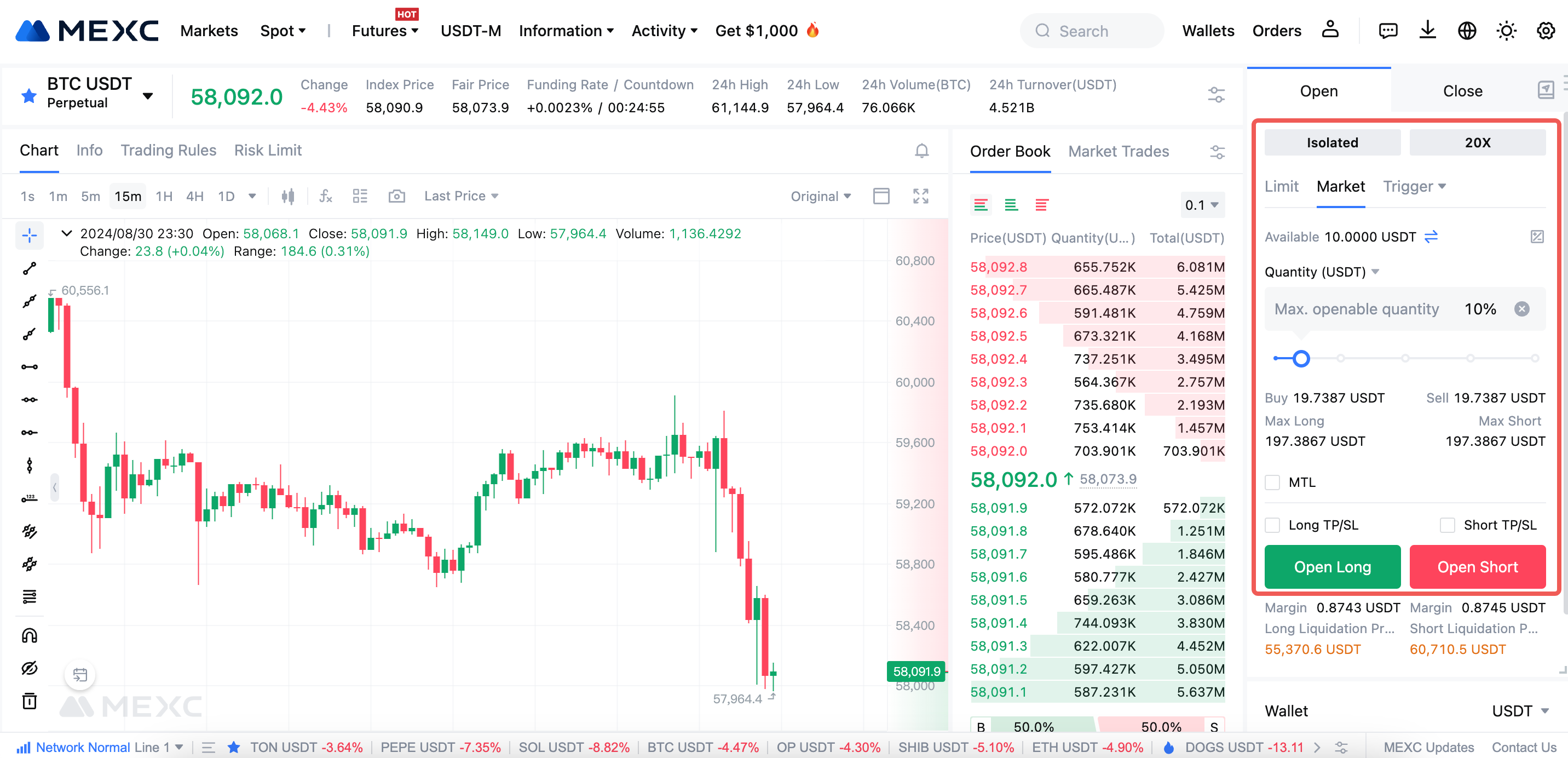
6. What order types are supported? How can traders use them strategically?
Order Type | Description | Best Use Case |
Limit Order | Executes at a specified price | Control entry price, arbitrage |
Market Order | Executes immediately at the current price | Quick entry or stop loss |
Trigger Order | Triggers an order when price meets a condition | Breakout strategy |
Trailing Stop | Adjusts order price dynamically with market | Maximize profit |
Post Only | Only posts to order book (no taker execution) | Save fees, avoid slippage |
7. What is a funding fee and why is it charged?
- When the market is bullish, longs pay shorts.
- When the market is bearish, shorts pay longs.
- Payments are exchanged every 8 hours at 00:00, 08:00, and 16:00 (UTC).
8. Why is there a difference between unrealized and realized PNL?
- Unrealized PNL does not include fees, slippage, or funding fees;
- Your Realized PNL is calculated upon closing the position, after all costs are deducted.
9. How can traders calculate Futures PNL? USDT-M vs Coin-M
- Long PNL = (Close Price – Entry Price) × Quantity × Size
- Short PNL = (Entry Price – Close Price) × Quantity × Size
- Long PNL = (1 / Entry Price – 1 / Close Price) × Quantity × Size
- Short PNL = (1 / Close Price – 1 / Entry Price) × Quantity × Size
10. What is liquidation? How is the liquidation price calculated?
11. Summary: Strategy + Risk Management = Profitable Futures Trading
- Why Choose MEXC Futures? Discover the advantages of MEXC Futures and how it can give you a competitive edge in the market.
- How to Participate in M-Day? Learn how to join M-Day and don't miss out on over 70,000 USDT worth of daily Futures bonus rewards.
- MEXC Futures Trading Tutorial (App) A complete walkthrough of how to trade Futures on the MEXC App to help you get started with confidence.
Popüler Makaleler
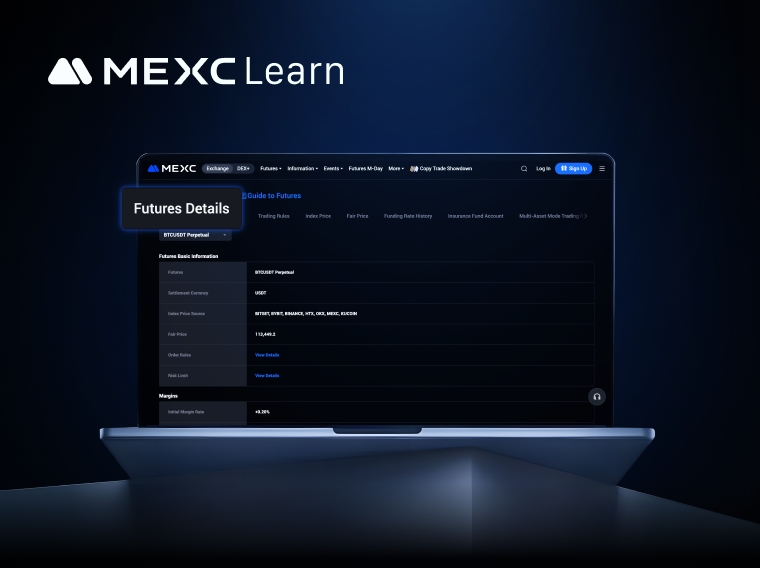
Quick Guide to Futures Information Terminology and Trade Futures with Confidence
When you open the MEXC Futures trading interface, what greets you isn't just the dynamic candlestick chart, but also rows of constantly changing data and professional terms: Index Price, Fair Price, F
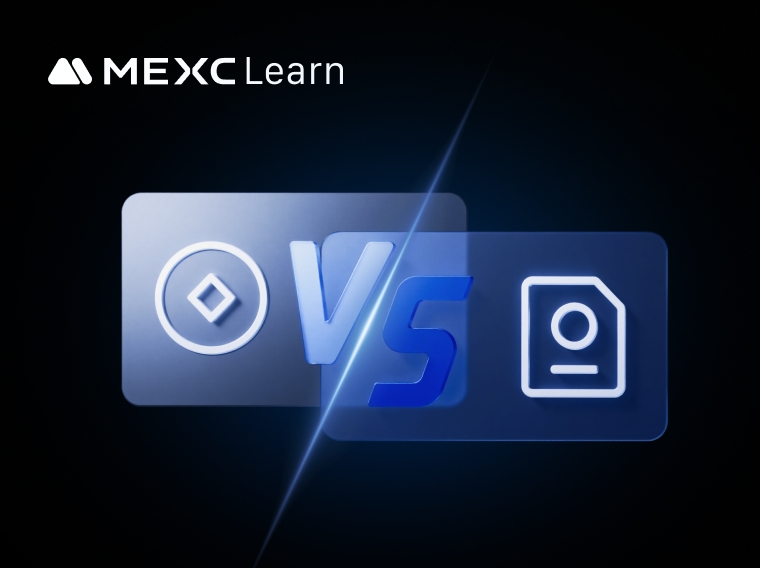
Spot Trading vs. Futures Trading: A Beginner's Guide to Determining Which is Right for You
As the cryptocurrency market continues to mature, the diversification of trading tools has become a key factor in building robust investment strategies. Among global mainstream crypto exchanges, MEXC

3 Key Prices in Futures Trading: What Are Index Price, Fair Price, and Last Price?
When accessing the MEXC Futures trading interface, you’ll see that the charts and order book reflect more than a single price. In reality, three key prices play a critical role in shaping your trading
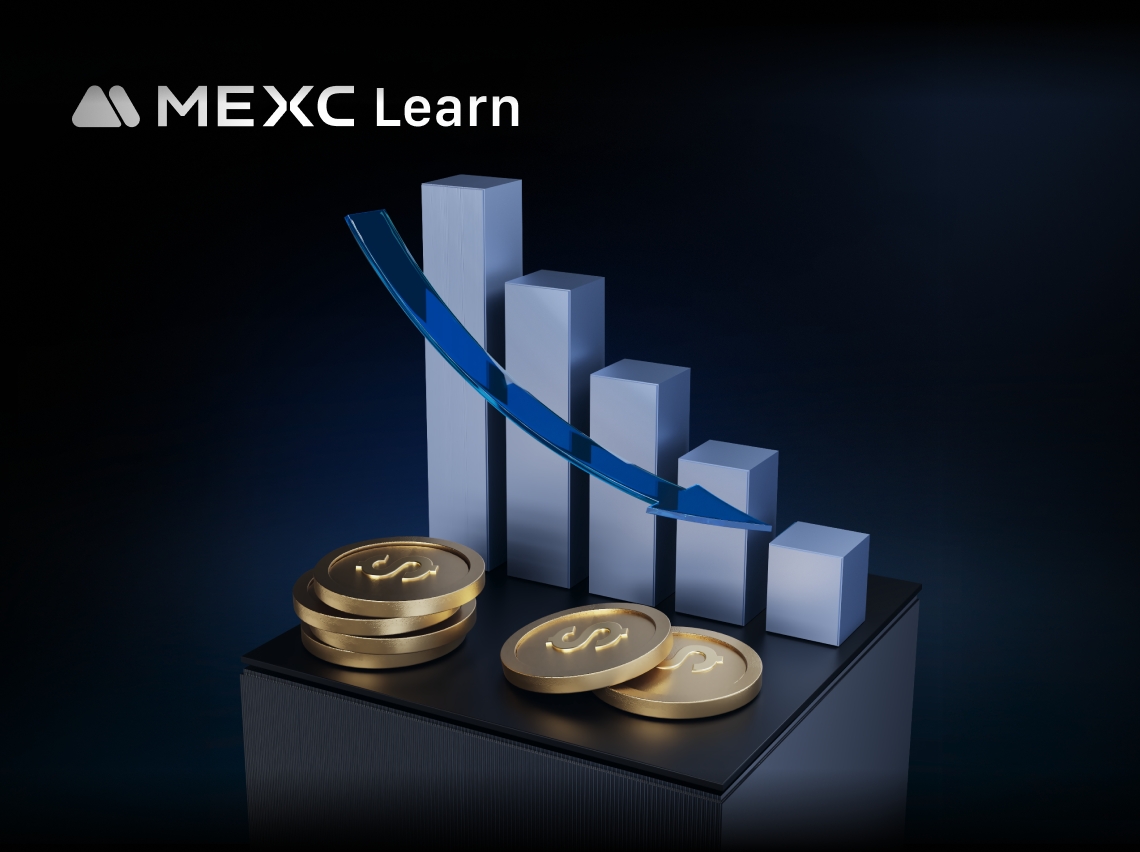
What is the Auto-Deleveraging (ADL) Mechanism? A Critical Risk Management Safeguard for Futures Traders
In the cryptocurrency derivatives market, especially in leveraged Futures trading, systemic risk driven by market volatility is always present. To ensure platform stability during extreme market condi
İlgili Makaleler

Quick Guide to Futures Information Terminology and Trade Futures with Confidence
When you open the MEXC Futures trading interface, what greets you isn't just the dynamic candlestick chart, but also rows of constantly changing data and professional terms: Index Price, Fair Price, F

Spot Trading vs. Futures Trading: A Beginner's Guide to Determining Which is Right for You
As the cryptocurrency market continues to mature, the diversification of trading tools has become a key factor in building robust investment strategies. Among global mainstream crypto exchanges, MEXC

3 Key Prices in Futures Trading: What Are Index Price, Fair Price, and Last Price?
When accessing the MEXC Futures trading interface, you’ll see that the charts and order book reflect more than a single price. In reality, three key prices play a critical role in shaping your trading

What is the Auto-Deleveraging (ADL) Mechanism? A Critical Risk Management Safeguard for Futures Traders
In the cryptocurrency derivatives market, especially in leveraged Futures trading, systemic risk driven by market volatility is always present. To ensure platform stability during extreme market condi
